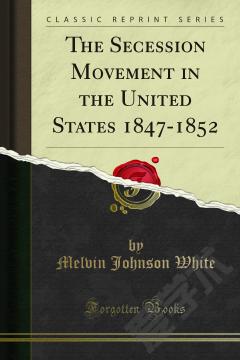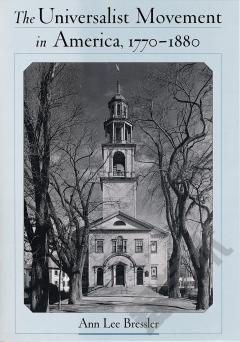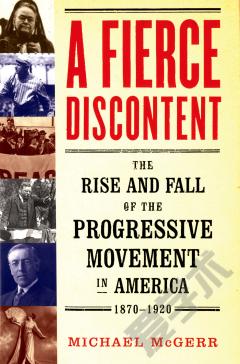The Secession Movement in the United States 1847-1852
The presidential campaign of 1844 marked the beginning of the last stage in' the long slavery struggle in the United States. It indicated that the South, driven to a defense of the institution of negro slavery by the rapid growth of Abolition sentiment at the North, had resolved upon securing full control of the National Government.1 The Democratic party was the chosen instrument by means of which this purpose was to be accomplished. Whipped into line by its aggressive Southern wing, it committed itself to the acquisition of new territory, which the South planned to create into additional slave States, with the object of acquiring control in Congress, without which it could not believe its favorite institution safe. Early progress in this direction gave promise of ultimate success. Texas was annexed to the Union as a slave State in 1845. During May of the following year war was de clared against the comparatively weak Republic of Mexico. Up to this time the anti-slavery forces, taken by surprise and OK their guard, had nothing more serious than written and verbal opposi tion, upon the part of isolated individuals, to Oppose to the pro slavery program. David Wilmot, a Pennsylvania Democrat, pointed out the way of attack, and paved the way for a concentra tion of the energies of the opposition, when, in August, 1846, he. Introduced into theeiouse of Representatives his famous Proviso for the exclusion, by an act of Congress, of negro slavery from the territory about to be acquired from Mexico. The sections at once locked horns in a struggle that precipitated a national crisis second only to the one of 1860.
{{comment.content}}








 京公网安备 11010802027623号
京公网安备 11010802027623号